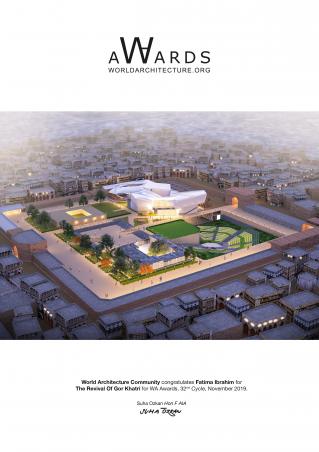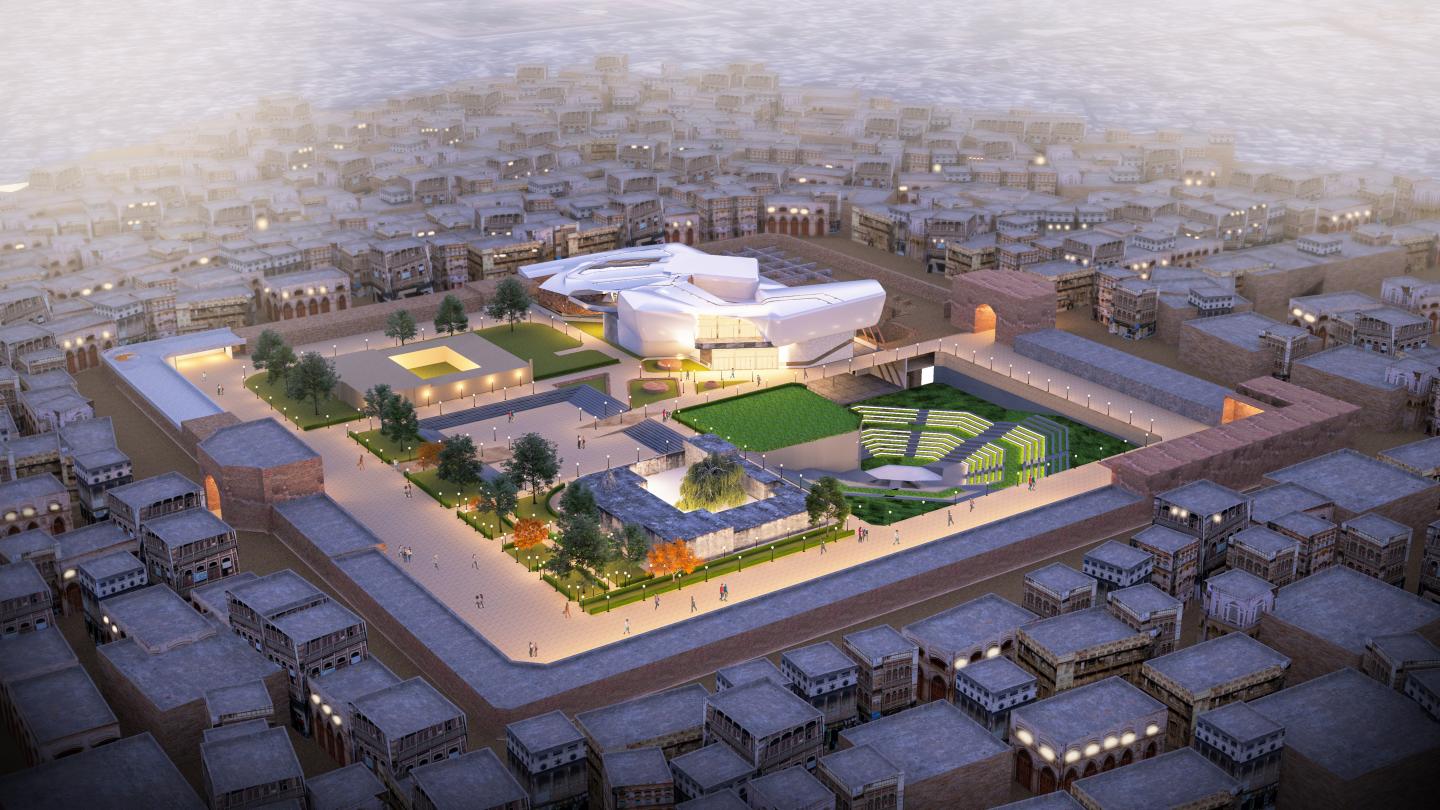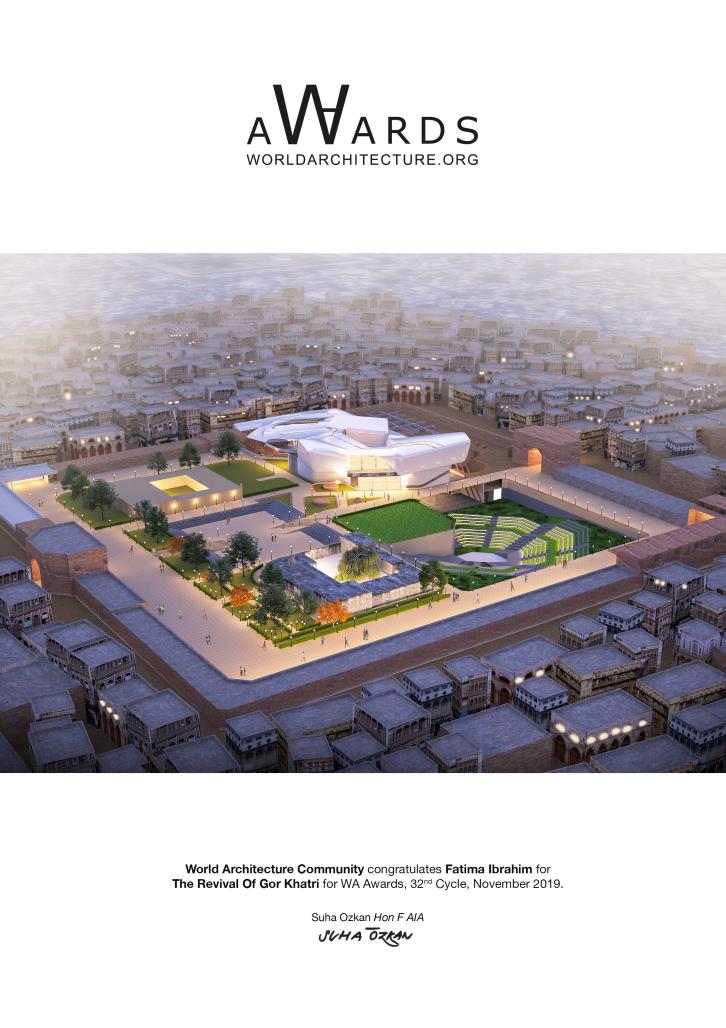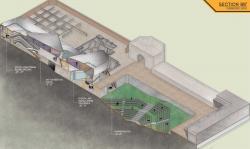In the heart of the Old Walled City of Peshawar, rests the square-shaped compound of Gor Khatri against the organic urban pattern. The site dates back to circa 300 BC and has remained a social hub throughout the reign of different civilizations for centuries. Today, similar to other heritage sites Gor Khatri is in a depleted condition due to being ground in time such that they are pushed into the future by forcing them to remain in the past.
Over the last few decades as media swept over our generations, the citizens of Peshawar lost interest in Gor Khatri as they reverted towards the new city that offered bigger and better opportunities and Peshawar’s iconism was lost to urbanization. This resulted in an identity and spatial divide between the old city and the new city of Peshawar and consequently a loss of ownership of the Gor Khatri and vice versa. Gor Khatri has housed buildings relevant and contemporary to the respective eras and its beauty lies in the fact that buildings from different civilizations can co-exist and complement each other to act as a social complex.
Therefore, Gor Khatri needs to be revived as a social complex by taking inspiration from the surrounding organic urban pattern to build a narrative within Gor Khatri. The narrative is achieved through interlacing in architecture as an amalgam of several layers of physical form and event spaces transpiring together to create hybrid spaces. Therefore, in an attempt to re-attract social influx on to Gor Khatri several forms of art curation have been introduced as programmatic interventions too.
This iconic declaration of architecture becomes an interlaced fluidity that matches the urban pattern of the old city Peshawar’s heritage. In relation to the existing buildings, the curved walls engage the surroundings in active dialogue without any stark shifts from one face of the wall to another. The intervention consists of the clean surfaces at the front of the building that advocate the requirement of co-occurrence. The socio-cultural center is inspired by the urban guidelines of the surrounding city with decks opening up to the views of the old city.
A journey experience is created through Gor Khatri as users pour into the complex and find themselves in an array of events that encompass different parts of the complex- from the mutual spill out space between the Mandir (Temple) and Masjid (Mosque) to a Charbagh converted into an amphitheater that connects to the socio-cultural Center’s basement. The socio-cultural center provides curation spaces for contemporary art forms, such as, painting, sculptures and digital art installation galleries. The building brings the past, present and future together by the coexistence of programs on different levels connected through a series of voids and ramps within the building that creates a visual experience.
Interlacing Gor Khatri with the context and whiting its parameters will help form effective tectonic and event connections with the context and will generate the narrative for journey within the site invigorating different aspects of it and amalgamating them thoroughly from the advent of the site. The empty of vessel of Gor Khatri will fill up with events that attract users and thus the social influx on to the site will help revive the site’s long-lost ethos of a social hub.
2019
0000
Fatima Ibrahim (Architecture Thesis Project)
The Revival Of Gor Khatri by Fatima Ibrahim in Pakistan won the WA Award Cycle 32. Please find below the WA Award poster for this project.

Downloaded 110 times.












